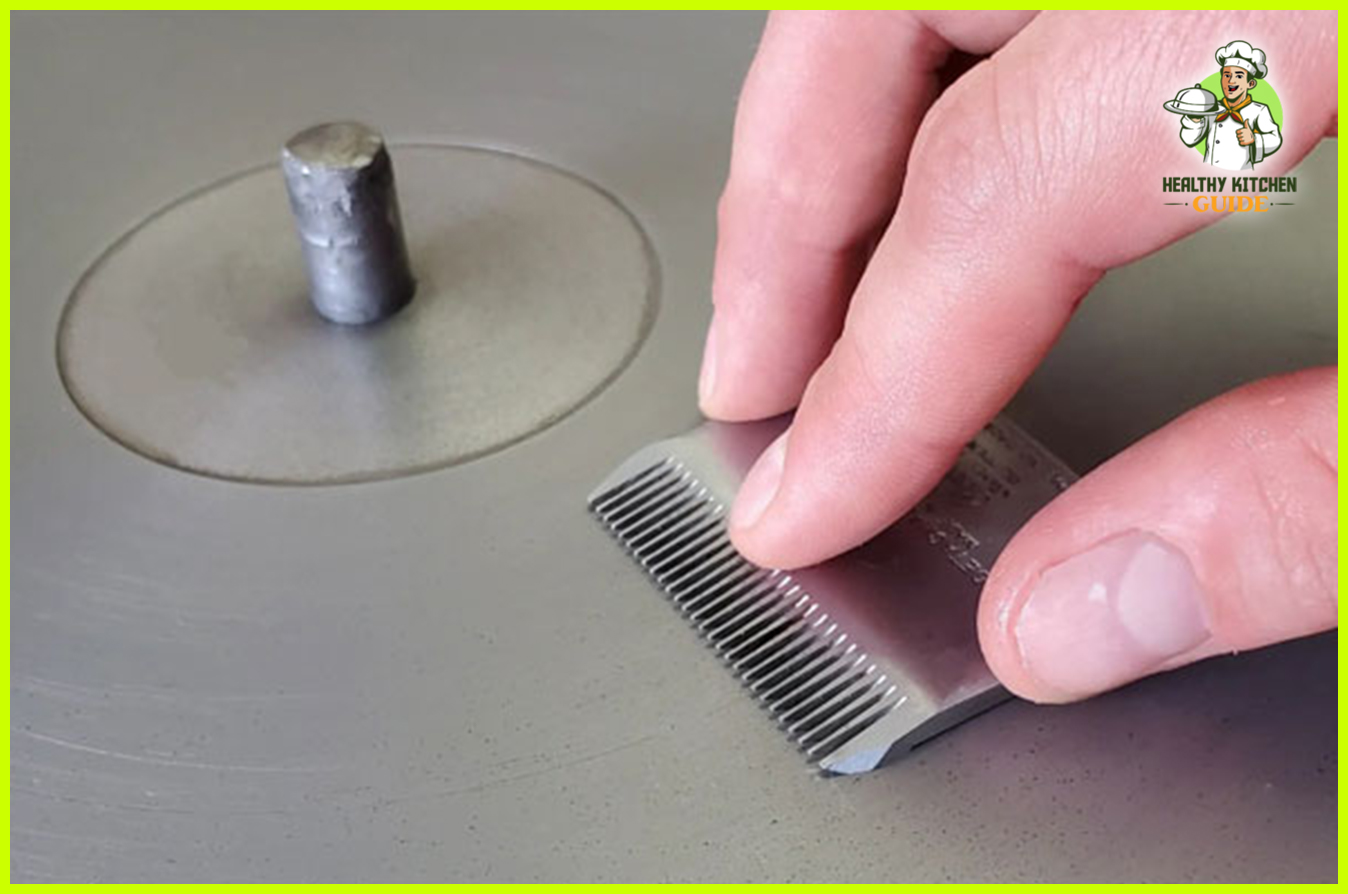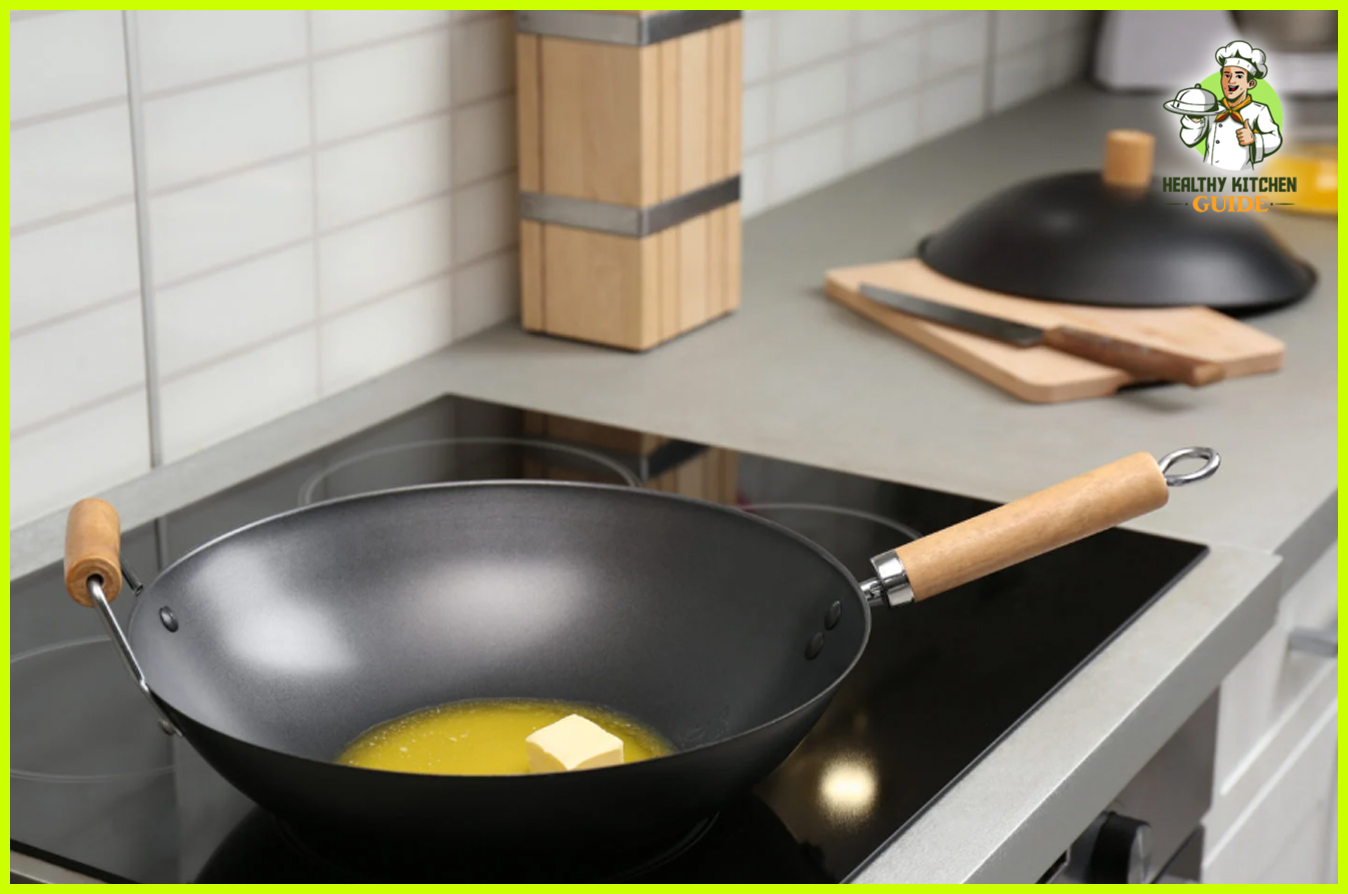To restore a rusty knife, first, clean the rust off the blade using vinegar and a scrub brush, then dry it thoroughly to prevent further rusting. Now you can enjoy a rust-free knife that is ready to use.
A rusty knife can be both unsightly and ineffective for cutting. Over time, exposure to moisture and air can cause knives to develop rust. However, restoring a rusty knife is not a difficult task if you follow a few simple steps.
By cleaning the rust off the blade and taking precautions to prevent future rusting, you can bring your knife back to life. We will guide you through the process of restoring a rusty knife and provide some useful tips to keep it in top condition. So, let’s dive in and learn how to restore a rusty knife effectively.
Understanding The Causes Of Rust On Knives
Understanding the causes of rust on knives is essential for effectively restoring a rusty knife. One of the major causes of rust formation is moisture and humidity. When a knife is exposed to water or high levels of humidity, it can lead to a chemical reaction that causes the metal to oxidize and form rust.
To further understand this process, it’s important to know that the presence of oxygen in the air also contributes to rust formation. When the metal in a knife comes into contact with water, oxygen, and other contaminants, a series of chemical reactions occur, ultimately resulting in the formation of rust.
Regular maintenance is key in preventing rust on knives. This includes keeping the knife dry and storing it in a clean and dry environment. It’s also important to periodically clean and oil the knife to remove any moisture or contaminants that may have accumulated. By following these maintenance practices, you can effectively restore a rusty knife and prevent further rust formation in the future.
Assessing The Extent Of The Rust Damage
Assessing the extent of rust damage is crucial when restoring a rusty knife. Start by inspecting the knife for any visible rust spots. Look for areas where the surface has changed color and texture. Additionally, determine the level of corrosion and pitting present on the blade. Corrosion refers to the gradual wearing away of metal caused by rust, while pitting refers to the formation of small holes or depressions on the surface. Both corrosion and pitting can affect the functionality and aesthetics of the knife.
In addition to assessing rust damage, it is important to identify any structural damage caused by rust. Look for signs of weakness or cracking in the blade or handle. Rust can compromise the structural integrity of the knife, making it unsafe to use. It is essential to identify any structural damage early on to ensure proper restoration and prevent further deterioration.
Gathering The Necessary Tools And Materials
List of recommended tools and materials for restoration:
| Tools | Materials |
|---|---|
| Wire brush | Steel wool |
| Rust remover | White vinegar |
| Emery cloth | Baking soda |
| Rust-proof paint | Protective gloves |
| Oil or lubricant | Safety goggles |
| Sharpening stone | Dust mask |
When restoring a rusty knife, safety should be your top priority. Use protective gloves to prevent any chemical contact with your skin. Wear safety goggles to protect your eyes from flying debris and contaminants. Additionally, use a dust mask to avoid inhaling harmful particles during the restoration process. It is important to work in a well-ventilated area or wear a respirator mask if necessary. By taking these safety precautions, you can ensure a safe and successful restoration process.
Preparing The Knife For Restoration
When restoring a rusty knife, proper preparation is key to achieving optimal results. The first step is to remove any loose dirt and debris from the knife. This can be done by carefully wiping the knife with a soft cloth or using a brush to gently scrub away any surface grime.
Next, it is important to apply a penetrating oil to loosen any rusted parts. This oil will seep into the crevices and help break down the rust, making it easier to remove. Allow the oil to sit for a few minutes to ensure it has enough time to work its magic.
If the knife is particularly rusty, it may be necessary to disassemble it. This will allow for better access to all the nooks and crannies where rust may be hiding. Take note of how the knife is put together, so you can easily reassemble it later.
Eliminating Rust From The Knife
Restoring a rusty knife requires a step-by-step process to eliminate the rust and bring back its shine and luster. If the rust is mild, you can use vinegar or lemon juice to remove it. Simply soak the knife in either solution for a few hours or overnight, and then scrub off the rust using a brush or sponge. For severe rust, a rust remover product is more effective. Apply the rust remover following the manufacturer’s instructions and let it sit on the knife for the recommended time. Scrub off the rust with a brush and rinse the knife thoroughly. To ensure complete rust removal, repeat the rust removal process if any traces of rust remain. Finally, restore the knife’s shine by polishing it with a metal polish or a mixture of baking soda and water. Now your knife will look good as new!
Addressing Corrosion And Pitting
Restoring a rusty knife involves addressing corrosion and pitting. To start, sanding and polishing the affected areas is crucial. Using sandpaper with a fine grit, gently remove the rust and any surface imperfections. This process helps to restore the smoothness and shine of the knife.
In cases where corrosion has left deep pits and scars, filling them with epoxy or a suitable filler is recommended. Apply the filler, ensuring it fills the depressions completely, and let it dry before sanding. This helps create a more even surface and prevents moisture or dirt from accumulating in those areas.
After the filling process, continue sanding the entire knife, focusing on a progressively finer grit of sandpaper. This allows for a smoother finish and reduces the appearance of any remaining scratches. Be sure to follow up with polishing to restore the knife’s sheen.
Protecting The Knife From Future Rusting
Applying a protective coat or finish is essential to prevent rust formation on a knife. There are various options available, such as wax, oil, or specialized rust inhibitors. These coatings create a barrier between the knife and moisture, preventing oxidation and rust. Before applying any protective coating, ensure the knife is clean and dry. Additionally, using proper storage techniques can help minimize oxidation. Store knives in a dry environment away from moisture and humidity. Consider investing in a knife block or a knife roll to keep them organized and protected. Regularly cleaning and oiling the knife is also crucial for maintenance. Wipe down the knife after each use and apply a thin layer of food-grade oil to protect the metal.
Fine-tuning And Sharpening The Restored Knife
Restoring a rusty knife requires fine-tuning and sharpening to bring it back to its former glory. One crucial step in this process is adjusting the blade alignment and tension. This ensures that the blade sits correctly in the handle and functions properly. Using a sharpening stone or tool is the next step to sharpen the knife’s edge. Carefully gliding the blade across the stone will gradually refine and restore its sharpness. Once sharpened, the knife’s cutting performance should be tested by attempting various cutting tasks. This allows you to assess whether the restoration process was successful and if any additional adjustments are needed. By following these steps, you can revive a rusty knife and ensure its cutting efficiency.
Showcasing Your Restored Rusty Knife
To showcase your restored rusty knife, capturing high-quality photographs is essential. Use natural lighting or a well-lit environment to highlight the intricate details of the knife. Experiment with different angles and perspectives to create visually appealing shots. Consider using a macro lens to capture close-up shots that show the craftsmanship of your restoration work.
Sharing your restoration journey on social media or forums can be a great way to connect with other knife enthusiasts. Share before and after photos, along with a story about the knife’s history or your restoration process. Engage with the community by responding to comments and sharing tips or advice.
If you’re proud of your restoration work, consider displaying the knife in a collection or using it for its intended purpose. Showcase it alongside other restored knives or other objects of interest. Alternatively, put your restored knife to use. Whether it’s for cooking, outdoor activities, or simply as a conversation piece, using the knife can be a satisfying way to appreciate your restoration efforts.
Frequently Asked Questions For How To Restore A Rusty Knife
How Can I Remove Rust From A Knife?
To remove rust from a knife, you can use a mixture of vinegar and baking soda or try using a rust remover product specifically designed for knives.
Can I Use Lemon Juice To Remove Rust From My Knife?
Yes, lemon juice is a natural acid that can help remove rust from a knife. Simply soak the knife in lemon juice for a few hours and scrub away the rust.
What Tools Do I Need To Restore A Rusty Knife?
To restore a rusty knife, you will need some basic tools like sandpaper, steel wool, a scrub brush, and a rust remover product. These tools will help you remove the rust and restore the knife’s shine.
How Do I Prevent My Knife From Rusting Again After Restoration?
To prevent your knife from rusting again after restoration, make sure to keep it dry and clean. Apply a thin layer of oil or lubricant to protect the metal from moisture and store it in a dry place.
Can I Use Toothpaste To Remove Rust From My Knife?
Yes, toothpaste can be used as a mild abrasive to remove surface rust from a knife. Apply a small amount of toothpaste to a cloth or sponge and gently scrub the rusted areas.
Is It Possible To Restore A Severely Rusted Knife?
Yes, it is possible to restore a severely rusted knife, but it may require more intensive cleaning methods such as soaking in a rust remover solution or using an electric grinder.
Conclusion
To conclude, restoring a rusty knife is a simple yet rewarding process. By following the steps outlined in this guide, you can bring new life to your old, neglected blades. Remember to take your time, exercise caution, and use the proper tools for the job.
With a little effort and know-how, you can enjoy the pleasure of a sharp and rust-free knife for years to come. Happy restoring!




Leave a Reply